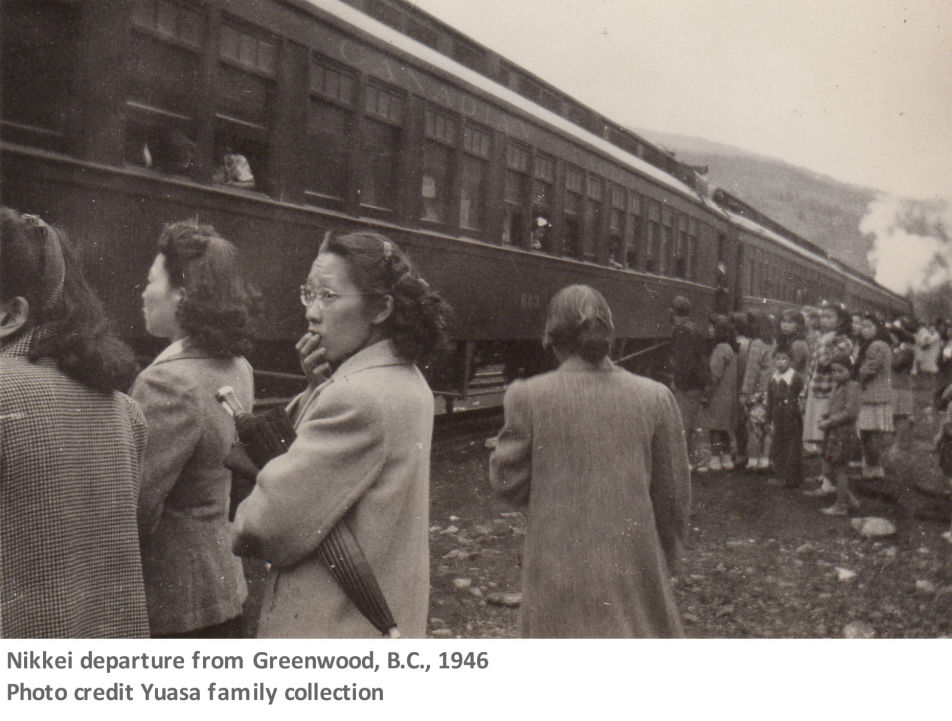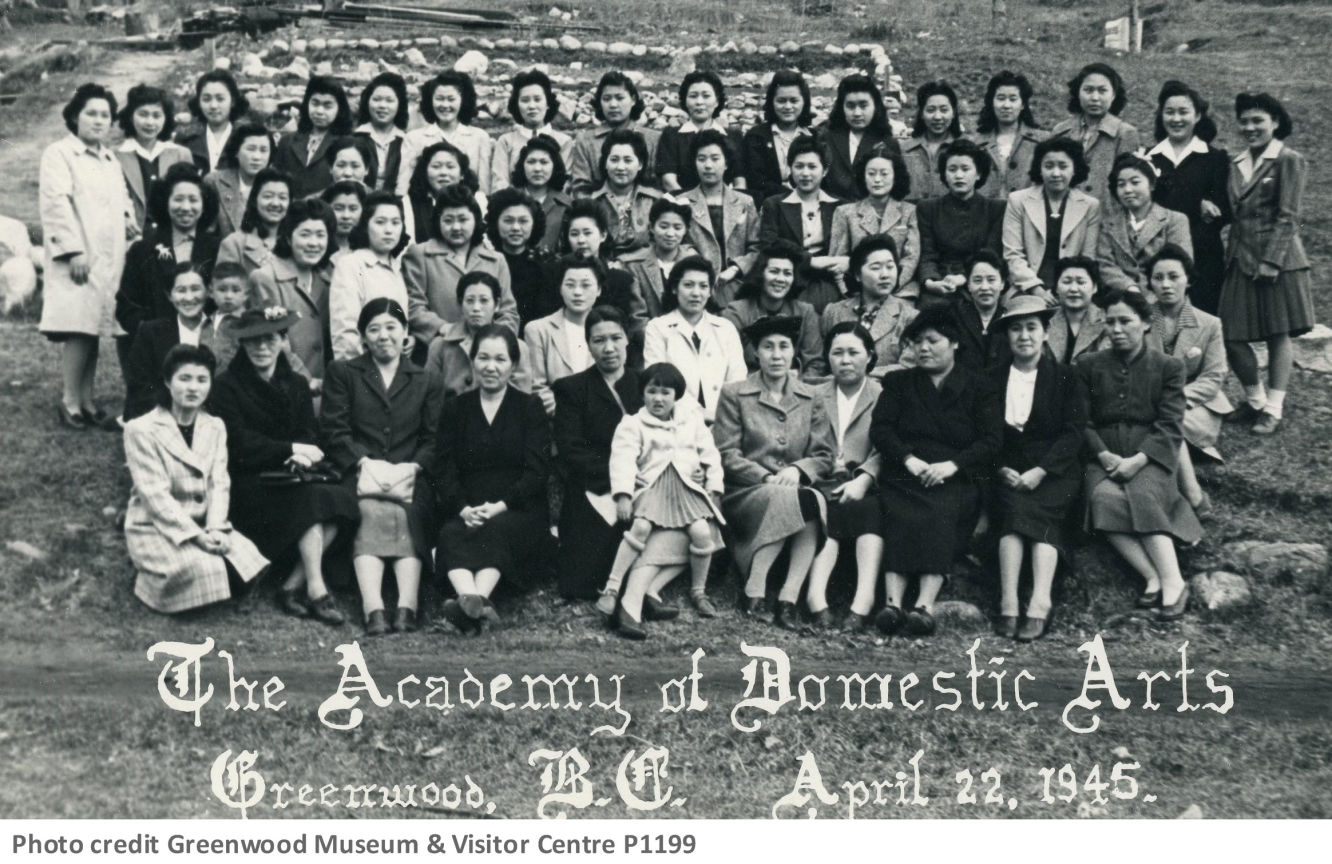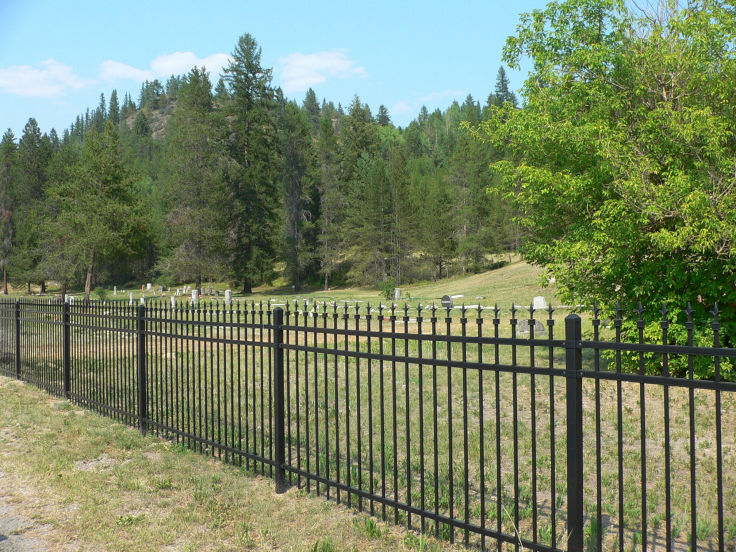
Of the estimated 1,200 Nikkei who were interned in Greenwood, many chose to remain there after its closure as an internment site in 1945, possibly because they felt welcome here. Over time the Nikkei had become accepted by the residents and integrated into the community. When the federal government ordered the Japanese in 1944 to either move east of the Rockies or be deported to Japan, the Greenwood Board of Trade sent a letter of protest against this decision.


